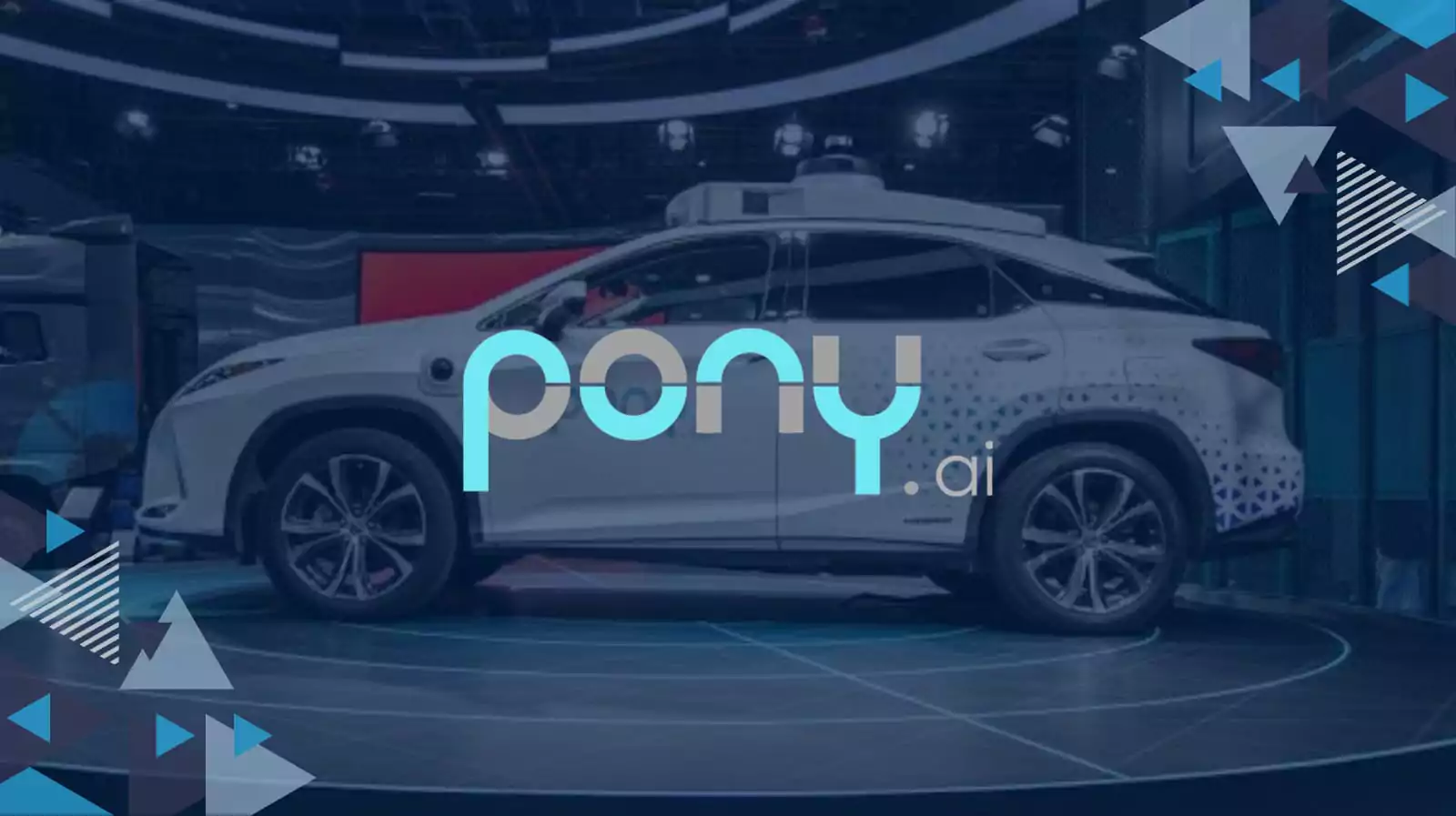Vodafone Deploys Ericsson Single Antenna Technology to Accelerate 5G Rollout
London, UK – July 20, 2023 – Vodafone announces that it has deployed Ericsson’s single antenna technology in the UK to accelerate its 5G rollout.
This latest technology called the Interleaved AIR 3218, combines an antenna-integrated radio and multiband passive antenna technology in one single enclosure. Now Vodafone can add an additional 5G capacity without increasing the antenna footprint.
“We are excited to deploy Ericsson’s single antenna technology in the UK,” said Nick Read, CEO of Vodafone.
“This technology is a game-changer for 5G deployment. It allows us to do more with less, especially with regard to power consumption. This will help us to accelerate our 5G rollout and provide our customers with a better experience.”
“We are proud to work with Vodafone to deploy our single antenna technology in the UK,” said Fredrik Jejdling, Executive Vice President and Head of Networks at Ericsson.
“This technology is a key enabler for 5G deployment. It helps operators to increase capacity, reduce the antenna footprint, and improve energy efficiency. We are confident that this technology will help Vodafone to accelerate its 5G rollout and provide its customers with a better experience.”
Vodafone is the first operator in the UK to deploy Ericsson’s single antenna technology. The operator plans to deploy the technology across 50 sites in 2023.
Vodafone Ericsson single antenna technology
The Interleaved AIR 3218 is a single antenna system that combines an antenna-integrated radio and multiband passive antenna technology in one single enclosure. This means that Vodafone can add an additional 5G capacity without increasing the antenna footprint.
Along with that it uses beam-through technology, which allows the active antenna to be placed behind the passive antenna.
In addition to increasing capacity and reducing the antenna footprint, the Interleaved AIR 3218 also helps to improve energy efficiency. This is because the active and passive antennas are optimized to work together, which reduces the amount of power that is needed.
Key features of the Interleaved AIR 3218
The Interleaved AIR 3218 is a significant development in 5G antenna technology. It has the potential to help operators to accelerate their 5G rollouts and provide their customers with a better experience.
Here are some of the key features of Ericsson’s single antenna technology for 5G:
- Single antenna system
The Interleaved AIR 3218 combines an antenna-integrated radio and multiband passive antenna technology in one single enclosure.
- Beam-through technology
The Interleaved AIR 3218 uses beam-through technology, which allows the active antenna to be placed behind the passive antenna.
- Increased capacity
The Interleaved AIR 3218 can provide up to 40% more capacity than traditional 5G antennas.
- Reduced antenna footprint
The single antenna footprint means that Vodafone can deploy more 5G sites without increasing the visual impact.
- Improved energy efficiency
The Interleaved AIR 3218 uses up to 30% less power than traditional 5G antennas.
- Faster deployment
The single antenna design makes it easier and faster to deploy 5G sites.
Let us check out some of the cool benefits we will be getting.
Benefits of using Ericsson’s single antenna technology for 5G
Ericsson’s single antenna technology also offers simplified installation and maintenance, enhanced performance, and greater flexibility. The single antenna system is easier to install and maintain than traditional 5G antennas, which can save operators time and money.
It can also provide better performance in terms of coverage, capacity, and reliability, which can improve the user experience for 5G customers.
Finally, the single antenna system can be used in a variety of deployment scenarios, including urban, suburban, and rural areas, making it a more versatile solution for operators.
Wait, that’s not all, here is a list of some wonderful benefits in addition to those mentioned above.
- Increased capacity: The Interleaved AIR 3218 can provide up to 40% more capacity than traditional 5G antennas. This is because the single antenna system can be used to transmit more data streams simultaneously.
- Reduced antenna footprint: The single antenna footprint means that Vodafone can deploy more 5G sites without increasing the visual impact. This is important for operators who are looking to deploy 5G in urban areas where space is limited.
- Improved energy efficiency: The Interleaved AIR 3218 uses up to 30% less power than traditional 5G antennas. This is important for operators who are looking to reduce their operating costs.
- Faster deployment: The single antenna design makes it easier and faster to deploy 5G sites. This is important for operators who are looking to accelerate their 5G rollouts.
What antenna technology for 5g?
5G antennas are different from 4G antennas in a few key ways. First, 5G antennas use shorter wavelengths, which allows for the use of considerably smaller antennas while maintaining accurate directional control.
Second, 5G antennas often use beamforming technology, which allows them to focus their signal in a specific direction, rather than broadcasting it in all directions. This can help to improve performance and reduce interference.
Here are some of the most common antenna technologies used for 5G:
- Massive MIMO
Massive MIMO is a type of antenna technology that uses a large number of antennas to transmit and receive signals. This allows for more efficient use of the radio spectrum and can improve performance in terms of capacity, coverage, and reliability.
- Beamforming
Beamforming is a technique that allows antennas to focus their signal in a specific direction. This can help to improve performance and reduce interference.
- Small cells
Small cells are small, low-power antennas that can be deployed in a variety of locations, such as on streetlights or buildings. This makes them a good option for areas with high demand for 5G service.
The specific antenna technology that is used for 5G will vary depending on the specific deployment scenario. However, the technologies mentioned above are some of the most common and can provide significant benefits for 5G networks.
Adding Up..
5G technology is poised to upgrade our lives and work in numerous ways. Its blazing-fast speeds, up to 100 times faster than 4G, will enable ultra-high-definition streaming, virtual reality, and augmented reality experiences.
The significantly lower latency will empower real-time applications like self-driving cars and remote surgery, advancing healthcare accessibility.
It is still in its early stages but has immense potential. It offers faster speeds, lower latency, greater capacity, and wider coverage compared to 4G. This will lead to transformative applications like VR/AR experiences, self-driving cars, remote surgery, and Industry 4.0 advancements, revolutionizing how we live and work.
The future of 5G looks promising, promising significant societal and technological transformations.
Must read: North America – How do hydrogen powered trains work?



